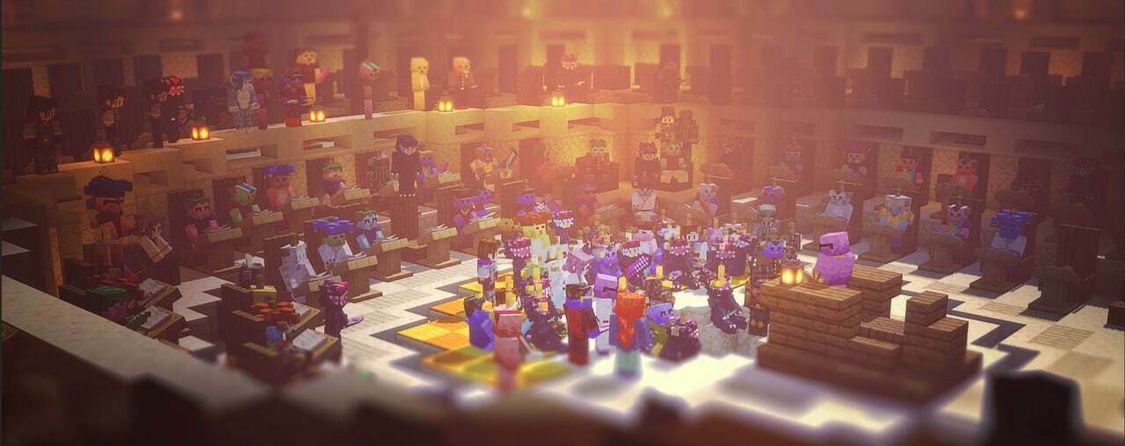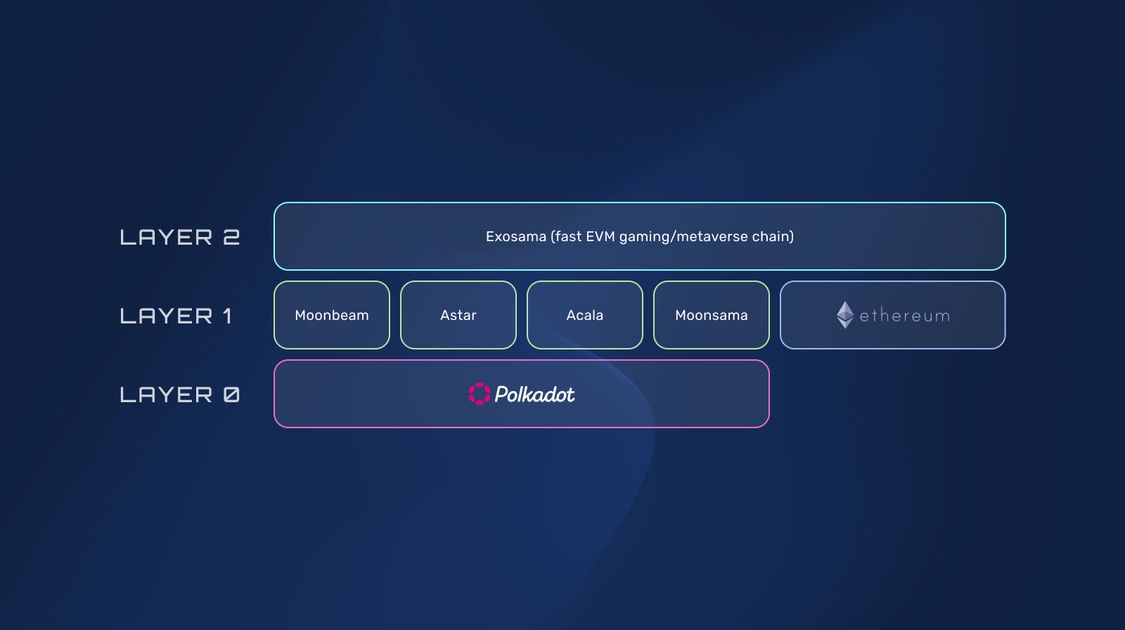Who is Barry?
If you don't know who the Big Barry is, think again. There's a good chance you know quite a few if you lost money in crypto, especially in ICOs, IDOs, whitelists, bold promises, and poor deliveries. Big Barries are everywhere, pulling strings, manipulating, twisting, and plotting against poor Little Jimmies to make a profit and gain influence.
Barry usually destroys Little Jimmy, but once in a while, Jimmies get together and fight back. And fight back it is, or shall we say - a warpath.
Barry doesn't care, but he's always watching.
When Moonsama started, it was an innocent experiment in the eyes of Big Barry. Bunch of pixelated birds for Jimmy to play with. But Jimmy didn't just play, didn't just flex his jpeg. Jimmy became part of a community that became the largest and most active on Polkadot.
A community focused on building, delivering, and experimenting with the web3 tech.
As the community and its ecosystem grew, challenges, obstacles, and limitations appeared, namely
the need to make decisions, aka governance,
importing/exporting NFT assets to different games/metaverses,
interacting with NFTs (crafting, equipping, upgrading),
and network speed.
Everything concerning advanced NFT interactions and metaverse imports/exports has been solved with the Moonsama Multiverse Bridge, covered in our Kyilkhor story.
The Metaverse Townhall
Little Jimmy didn't even realize how vital his last visit to the "town hall" was. It was fun to meet up on the weekly AMA while he voted using a virtual desk. Jimmy likes to meet up and play. Voting is a natural part of it.
Little does Jimmy realize that his participation contributes to around 50% community participation, while other projects struggle to cross a 1%-5% mark.
The lower the participation rate, the easier Big Barry can control a project/network, especially with the Proof-of-Stake consensus.

In search of the truth
The consensus mechanism is a big topic. In short, it describes how to reach an agreement/validation. You may have heard about Bitcoin's Proof-of-Work (PoW), where "the proof" is represented by solving an algorithm = computational power, energy. It is considered very safe but slow.
Nowadays, the more popular Proof-of-Stake (PoS) is replacing processing power with "staked" tokens. The more tokens you stake, the more voting/validating power. The main risk factors are low participation and favoring of wealthy users.
That's where NFTs with Proof-of-Authority and Proof-of-Activity come into play. Yet another revolutionary experiment, the Moonsama style.
NFTs are less liquid than tokens; therefore harder to use to manipulate the consensus.
Proof-of-Authority (PoAu) is reputation-based, leveraging the value of identities (putting one's reputation on the line instead of tokens). Wink, wink, KILT protocol.
Proof-of-Activity (PoAc) combines PoW and PoS. First, it requires processing power to solve an algorithm, then switches to PoS (token weighted power).
Moonsama Proof-of-Play?
NFTs allow us so much more than tokens. For instance, conditional/programmatic use in governance. Let's assume that we replace the processing power requirement of PoW with a need to take part in weekly Carnages. That could grant you a particular voting power benefit. Combine that with the amount of $POOP held, aka PoS, to add another weight to the voting power. All bound to your identity and your NFTs.
Using $POOP makes perfect sense, as it originates from resources gathered from months of playing Carnage, therefore considered as "staked resources." (more on poop)
In other words, your voting power could be determined by your actions in the metaverse, your voting historical participation, the amount of $POOP you hold, or the way you contribute to the community.
This could become a "game changer" for governance/consensus mechanisms, providing decentralization, security, speed, transparency, and engagement. Let's see where the decentralized Moonsama governance will take us.
The need for speed
As Tiggah described in his recent Twitter thread, current blockchains do not meet gaming / NFT transaction needs. They're too slow. Some NFT transactions are too complex, and currently, no solution is ready for mass adoption. Moonsama demonstrated that in the recent NFT mints.
Pondsama fish - transactions took over 10 minutes to complete on Moonriver.
Gromlins - transaction fees jumped into multiples on Moonbeam.
Should web3 gaming succeed, it needs to run smoothly with cheap and fast transactions, basically unnoticed by the user.

That is why Moonsama announced its Layer 1 and 2 chain developments on top of Polkadot. They aim to tackle the most limiting factors, governance and speed. What exactly do these layers mean?
Layer 0 - Polkadot operates at a deeper level than a blockchain like Ethereum - it's a foundation on which other crypto projects can build. It is a multi-chain network with shared security and interoperability. (read this Polkadot wiki page or Forbes article for more details)
Layer 1 - the main blockchain network in charge of on-chain transactions / smart contract interactions.
Layer 2 - off-chain solutions to improve scalability by sharing the transaction ordering and processing workload.
EVM / EVM compatible - Ethereum Virtual Machine - a code execution environment that makes it easy for Ethereum developers to migrate smart contracts to an EVM-compatible chain without rewriting the code.
While working on its Layer 1 solution/parachain on Polkadot (3-5 months away, usually takes nine months, but this is Moonsama), the team will also deploy a Layer 2 chain (in about a week's time) to allow everyone to begin building the new ecosystem as soon as possible. $POOP shall become the utility token of the L2 chain.
Moonsama is building its own gaming/metaverse oriented blockchain(s)
Moonsama is on its way to connecting any chain (multi-chain) to any metaverse (multi-verse), and no Barry is going to stop it. The Little Jimmy is becoming hard to ignore now. Power to the community, or as Gavin Wood would say, power to the builders!
To sum it up, using Donnie's words:
We, the NFT holders, control our destiny now, not the Big Barries of Web3.